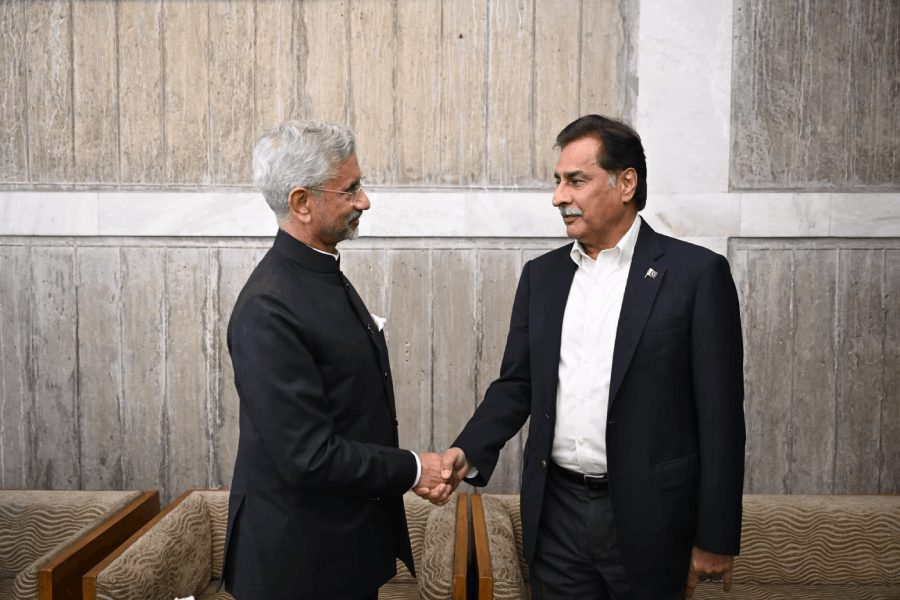Past the midpoint of India’s 21-day lockdown, medical and public health experts are speculating, and worrying, about what a staggered or phase-wise lifting of restrictions might mean amid the country’s still rising counts of coronavirus patients.
The government, they said, could choose from an array of options — continued lockdowns or geographic quarantines in hotspots, restrictions on inter-state or international travel, limited hours allowed for public movement, continued restrictions on gatherings, and stay-at-home orders for the elderly and children.
Prime Minister Narendra Modi, speaking to chief ministers earlier this week, had asked them to focus on testing, tracing and quarantining, identify hotspots and work on formulating a strategy to ensure a “staggered re-emergence of the population”.
Uttar Pradesh chief minister Yogi Adityanath said on Sunday, during a videoconference with 377 religious leaders from across the state, that the lockdown would end on April 14 in a “phase-wise” manner.
“We will lift the lockdown phase-wise from April 15,” Adityanath said.
During interactions with members of the state legislature on Saturday, Adityanath had suggested there should be a plan to avoid crowding after the lockdown was lifted.
“You must plan how it should be done in your respective areas, and which services should be opened in which phase,” he had said.
With neither the Centre nor the states articulating any clear post-lockdown plans, health experts said they could only speculate about the options the government could choose to try and slow down the spread of the virus.
India’s coronavirus counts rose by 505 fresh cases and eight deaths on Sunday to reach a total of 3,577 patients and 83 deaths. More than 270 patients have recovered.
Tamil Nadu has the highest number of “active” patients, with 476 still in hospital on Sunday, followed by Delhi and Maharashtra with 424 each and Kerala with 255.
“We’re a bit worried about how the lockdown might be lifted,” said Anup Warrier, a senior physician in Ernakulam and head of the infection control committee of the Clinical Infectious Diseases Society of India.
“Some districts in Kerala have lowered the cases detected — from up to 10 a day to zero now. Allowing people to come back from other states or other countries could bring a fresh influx.”
Medical experts said that governments — at the Centre and in the states — should spell out well ahead of April 14 what they mean by a “staggered” lockdown so that the public could prepare themselves for movements as well as continued restrictions.
“Keeping elderly people under protective quarantine until the epidemic is on a down-slope would be a clever idea,” said T. Jacob John, a medical virologist and emeritus professor at the Christian Medical College, Vellore.
“Children too could be encouraged to stay home — to protect their grandparents. This would apply to joint families. Health authorities could spell out such conditions.”
Any continued post-lockdown restrictions are likely to be influenced by the transmission dynamics specific to geographic areas.
“For instance, Gurgaon has a high transmission rate and a lot of people go in and out of Gurgaon for work. So Gurgaon might need to remain in lockdown while neighbouring districts could be opened up,” said Oommen John, a public health expert at The George Institute for Public Health, New Delhi.
On the other hand, areas such as Pathanamthitta in Kerala or Bhilwara in Rajasthan, which were likely infection hotspots, have reduced transmission, he said.
“These places would be ready to come out of the lockdown as there have been aggressive efforts there to test, trace contacts and quarantine people.”











